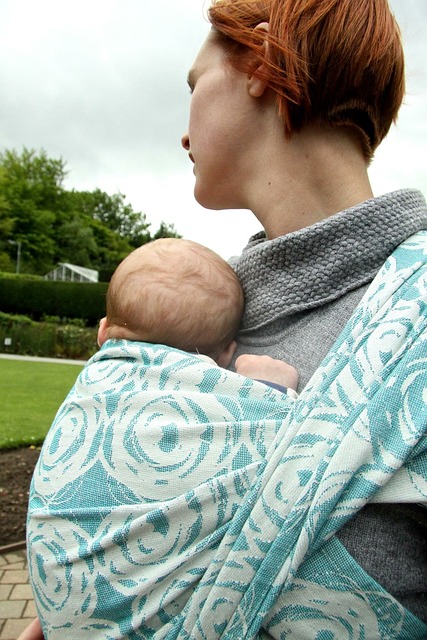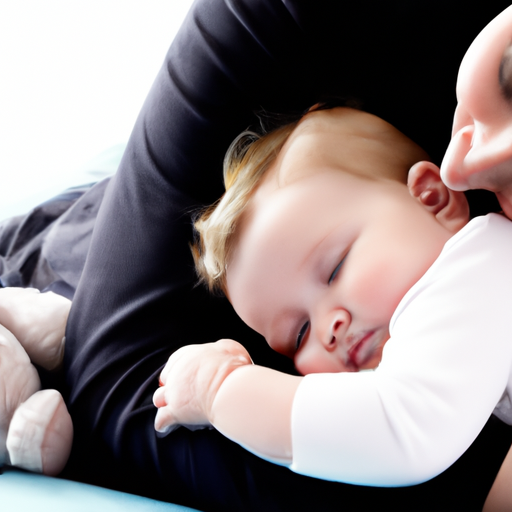What Are Safe Ways To Hold And Carry A Baby?
Are you a new parent or just looking for some tips on how to safely hold and carry your baby? Well, you’ve come to the right place! In this article, we’ll discuss some safe ways to hold and carry a baby, taking into consideration their developmental stage and ensuring their safety and comfort. Whether you’re a first-time parent or simply want to refresh your skills, we’ve got you covered.
Curious to know more about the safe ways to hold and carry a baby? In the following paragraphs, we’ll dive into different holding positions and techniques that promote bonding, support the baby’s head and neck, and keep them secure. We’ll also explore the proper use of carriers and slings, as well as important safety tips to keep in mind. So, if you want to ensure the comfort and safety of your little one, keep reading to discover some valuable information and guidelines on holding and carrying a baby.
Importance of Proper Baby Holding and Carrying
Promotes Bonding and Emotional Development
Proper baby holding and carrying is essential for promoting bonding and emotional development between you and your baby. When you hold your baby close to your chest, it creates a sense of security and warmth, making them feel loved and cherished. This physical closeness also helps release oxytocin, often referred to as the “love hormone,” which strengthens the emotional bond between you and your little one.
Enhances Physical Development
Holding and carrying your baby correctly can also enhance their physical development. It provides opportunities for them to explore their surroundings, strengthen their muscles, and develop their motor skills. By positioning them in safe and appropriate ways, you can support their neck and head control, spinal alignment, and hip and leg positioning, all of which are crucial for their physical development.
Prevents Accidents and Injuries
One of the primary reasons for practicing safe baby holding and carrying techniques is to prevent accidents and injuries. Mishandling or improper positioning can lead to falls, strained muscles, and even more serious injuries. By understanding your baby’s developmental needs and following the recommended guidelines, you can ensure their safety and prevent any unnecessary harm.
Understanding Baby’s Developmental Needs
Neck and Head Support
Newborns have weak neck muscles and cannot hold their heads up independently. It is crucial to provide proper neck and head support while holding or carrying your baby. Always cradle their head in the palm of your hand and gently support their neck when moving them or changing positions. As your baby grows and develops stronger neck muscles, they will gradually require less support.
Spinal Alignment
A newborn’s spine is delicate and needs to be properly aligned when held or carried. Avoid any bending or twisting of their spine as it can cause discomfort and potentially harm their development. Instead, keep their back straight and well-supported against your chest or back.
Hip and Leg Positioning
Your baby’s hip and leg positioning also play a significant role in their physical development. The ideal position for their hips is to be spread apart and flexed, with their knees higher than their bottom. This position, known as the “M” position or the ergonomic frog-leg position, promotes healthy hip development and prevents hip dysplasia. Make sure your baby’s legs are not dangling or forced into an unnatural straight position.

Safe Positions for Holding and Carrying
Cradle Hold
The cradle hold is a classic way of holding your baby, especially during feeding or soothing. Place one arm under your baby’s head and neck while supporting their body with your forearm. Gently cradle your baby in the crook of your arm, allowing them to rest against your chest. This position is ideal for newborns and younger babies who require more support.
Football Hold
The football hold, also known as the clutch hold, is a suitable position for mothers who have had a C-section or for babies who prefer a more secure and upright position. Position your baby alongside your arm, with their head resting in your hand and their body tucked under your arm. This position provides excellent support and allows you to easily monitor your baby’s latch during breastfeeding.
Lap Hold
The lap hold is perfect for interacting with your baby while sitting. Sit with your legs slightly apart, creating a comfortable space for your baby to lie on your lap. Support their head and neck with one hand while using your other hand to cradle their bottom. This position allows your baby to observe their surroundings and interact with you.
Kangaroo Carry
The kangaroo carry, also known as the babywearing position, is a versatile way of carrying your baby using a carrier or sling. Choose a carrier that provides adequate support for your baby’s head and neck, spine, and hips. Securely fasten the carrier and adjust it to ensure a snug fit. This position allows you to have your hands free while keeping your baby close to your body.
Using Baby Carriers and Slings Safely
Choosing an Appropriate Carrier
When selecting a baby carrier or sling, prioritize safety, comfort, and proper positioning. Look for carriers that offer adequate head and neck support, adjustable straps, and secure fastenings. Consider your baby’s age, weight, and developmental stage when choosing the right carrier for them. Opt for carriers that have been tested for safety and meet the required standards.
Ensuring Proper Positioning
Proper positioning is crucial when using a carrier or sling. Ensure that your baby’s face is visible, with their chin off their chest to avoid any compromise to their airway. Their body should be well-supported and snugly fitted against your chest or back. Regularly check that your baby’s head is well-supported and that their hips are in the correct ergonomic position.
Adjusting for Comfort and Safety
Regularly check and adjust the carrier or sling for your baby’s comfort and safety. Ensure that the straps are neither too tight nor too loose, and that there are no fabric or material pinching or digging into your baby’s skin. Be mindful of your baby’s body temperature and dress them appropriately for the weather. Adjust the carrier or sling as needed to ensure proper weight distribution and support.






